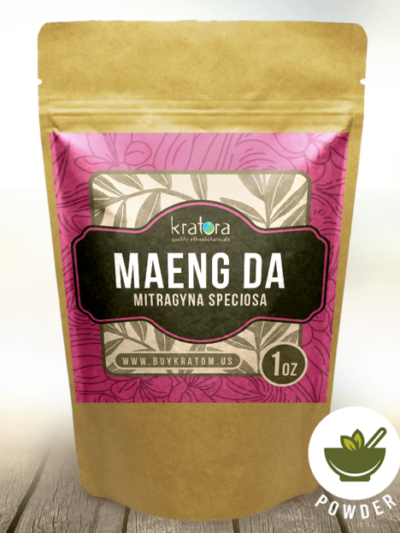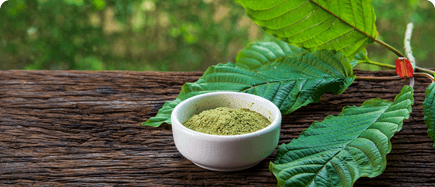A native plant to southeast Asia, kratom (Mitragyna Speciosa) can be found growing wildly across Thailand, Indonesia, Malaysia, and Borneo.This evergreen tree has been an integral part of the region’s culture and traditional practices for centuries, valued for its unique properties. Kratom leaves have been traditionally harvested for their ability to provide mood elevation, a sense of calm, and stimulating effects. Today, kratom continues to be sought after as a natural component in holistic health regimens, appreciated by many for its diverse applications and benefits.
In this article you will learn more about what kratom is, the history of kratom, as well as its importance today!
What Is Kratom?
Kratom (Mitragyna speciosa) is a tropical evergreen tree belonging to the coffee family, native to Southeast Asia. The plant is characterized by its large, glossy green leaves, which contain a variety of alkaloids, the most prominent being mitragynine and 7-hydroxymitragynine. These compounds interact with the body’s receptors, producing effects that can range from stimulation to relaxation, depending on the amount and strain. Traditionally, kratom leaves were chewed, brewed into tea, or used in cooking to help with fatigue, pain, and other ailments by local communities.
In contemporary times, kratom has garnered global attention for its potential benefits. It is often used as a natural supplement in various forms, including powders, capsules, and extracts. Users seek kratom for a variety of reasons, such as enhancing energy, improving mood, and promoting relaxation. When buying kratom online you should look for a kratom vendor such as Kratora that utilizes 3rd party lab testing to provide the highest quality products available.
The History of Kratom
Kratom has a rich history of use spanning thousands of years, primarily among local villagers in Southeast Asia for its therapeutic properties. It remained relatively unknown outside of this region until the early 1880s when Dutch botanist Pieter Willem Korthals first documented the plant. Traditionally, kratom was an essential part of daily life for Thai laborers and farmers who utilized its leaves to alleviate tiredness, enhance productivity, and manage discomfort.
Despite its long-standing traditional use, kratom has faced legal challenges in some of its native regions. Both Thailand and Malaysia have classified kratom as an illegal substance at different times, a status many attribute to historical political influences and economic interests, particularly those tied to the opium trade of the past century. However, there is a growing global movement advocating for the decriminalization of kratom, emphasizing its potential benefits and challenging outdated regulations. In contrast, kratom is legal in most U.S. states, where it continues to gain popularity as a natural supplement for various wellness purposes.
The Kratom Plant and Its Varieties
Kratom, a part of the Rubiaceae coffee tree family, comes in four primary species that originate in different regions in southeast Asia, and provide varying effects:
- Bali—Gives a more relaxing effect at higher doses, and can be stimulating when taken in low doses.
- Thai—The longest lasting and strongest of the varieties. It’s said to be calming.
- Malaysia—Almost identical to Balinese kratom. You may hear the term “ketum” used to describe kratom from Malaysia.
- Maeng Da—Maeng Da kratom translates to “pimp grade” kratom and originates from Thailand. It’s the strongest kratom strain available and is used for its energizing effects.
Kratom strains are further categorized by “vein:”
- Red Vein—Longer lasting, and more relaxing and less stimulating than other strains
- Green Vein—Energizing and uplifting
- White Vein—Energizing and euphoric
-
Energy
Maeng Da Kratom Powder
From $12.99 Shop Now This product has multiple variants. The options may be chosen on the product page -
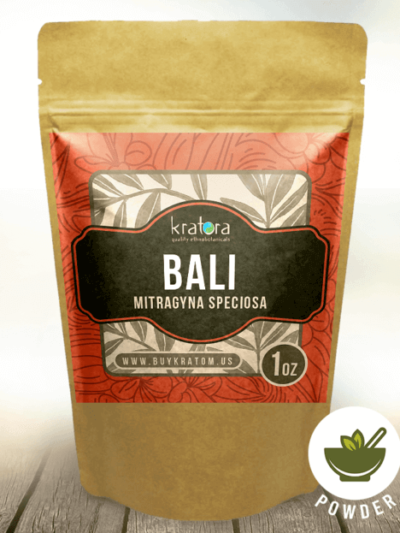 Relaxing
RelaxingBali Kratom Powder
From $10.99 Shop Now This product has multiple variants. The options may be chosen on the product page -
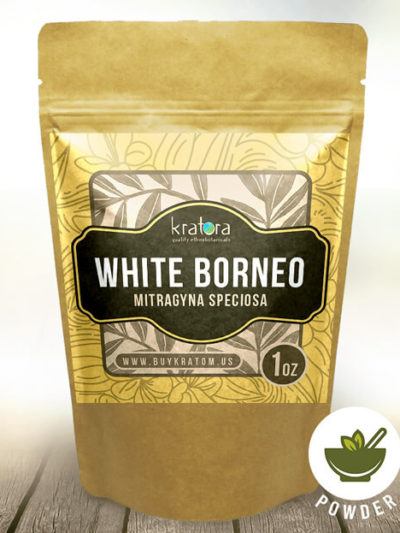 Energy
EnergyWhite Vein Borneo Kratom
From $10.99 Shop Now This product has multiple variants. The options may be chosen on the product page -
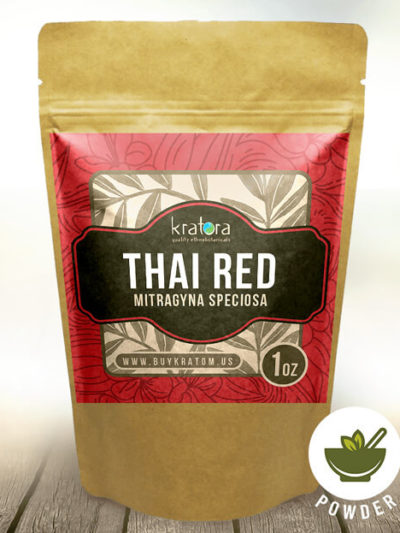 Relaxing
RelaxingThai Red Vein Kratom
From $10.99 Shop Now This product has multiple variants. The options may be chosen on the product page -
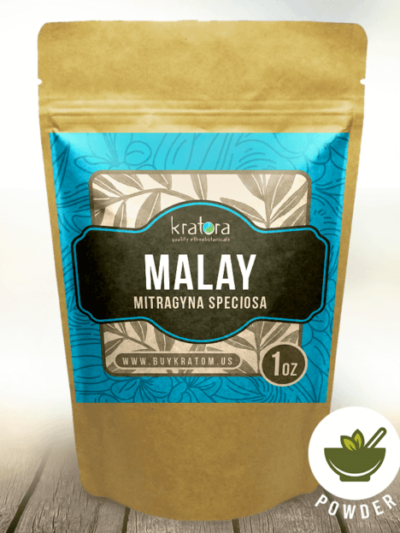 Energy
EnergyGreen Malay Kratom Powder
From $10.99 Shop Now This product has multiple variants. The options may be chosen on the product page
Cultural Significance of Kratom and Traditional Use
Kratom has deep cultural roots in Southeast Asia, where it has been an integral part of daily life for many communities. In countries like Thailand, Indonesia, Malaysia, and Borneo, kratom leaves were traditionally chewed or brewed into tea to combat fatigue and enhance stamina among laborers and farmers. These practices were not only utilitarian but also held cultural significance, as kratom was often used in social and religious rituals. For instance, it was common for kratom to be shared among community members during gatherings, symbolizing hospitality and social cohesion.
The cultural importance of kratom extended beyond its physical effects. In many indigenous communities, kratom was believed to possess spiritual and medicinal qualities. Healers and traditional practitioners utilized kratom for its perceived ability to treat various ailments, from physical pain to digestive issues. This rich cultural heritage underscores kratom’s significance as more than just a plant but as a cornerstone of traditional knowledge and community practices.
How Does Historical Kratom Use Compare To Modern Use?
The use of kratom has evolved significantly from its historical roots to its modern applications. Traditionally, kratom was primarily used in its raw leaf form, either chewed directly or brewed into tea. This method of use was straightforward and deeply embedded in the daily routines of Southeast Asian communities. The primary motivation for using kratom historically was practical: to help with tiredness, manage day to day pain, and support physical labor.
In contrast, modern use of kratom has diversified and expanded globally. Today, kratom is available in various forms, including powders, capsules, extracts, and even infused products. This shift has been driven by advancements in processing and the global market’s demand for more convenient use methods. The motivations for modern use have also broadened. While many people still use kratom for its traditional benefits of energy and day to day pain relief, others seek it for additional purposes such as managing worriness, improving mood, and supporting overall well-being.
Despite these changes, there are parallels between historical and modern uses. Both historical and contemporary users value kratom for its natural properties and its ability to enhance quality of life. However, modern use is more scrutinized and regulated, with ongoing debates about its safety, legal status, and potential health benefits. This evolving narrative highlights the enduring relevance of kratom and its ability to adapt to changing cultural and societal contexts.
Choosing the Best Kratom from a Quality Supplier
The key to choosing the best kratom supplier is finding a quality source that chooses their kratom from the finest sources grown organically in its native region. Look for a supplier that carries multiple strains to offer you all of the mood-boosting, energizing, and calming effects you need to feel your best.
*Disclaimer: All products on the website are not for human consumption, and are for aromatherapy and research purposes only.
Want to learn more about kratom quality and value? Start here:
Why Buying Cheap Kratom Can Be Dangerous

